In today's fast-paced digital world, email automation has become a vital tool for businesses looking to streamline their communication strategies. From understanding the basics of email automation to the key features of automation tools, this article will delve into the importance of utilizing email automation insights.
Discover how email automation enhances communication, impacts marketing strategies, and how to choose the right automation software for your business. Learn how to implement automated campaigns effectively, measure performance, and explore future trends in email automation.
Key Takeaways:
Email automation allows for efficient and personalized communication, enhancing customer experience and increasing marketing effectiveness.
Segmentation and personalization, automated workflows, and analytics are crucial features to consider when choosing an email automation tool.
Implementing email automation requires proper setup and continuous monitoring of key metrics for optimal performance and future success.
Understanding Email Automation
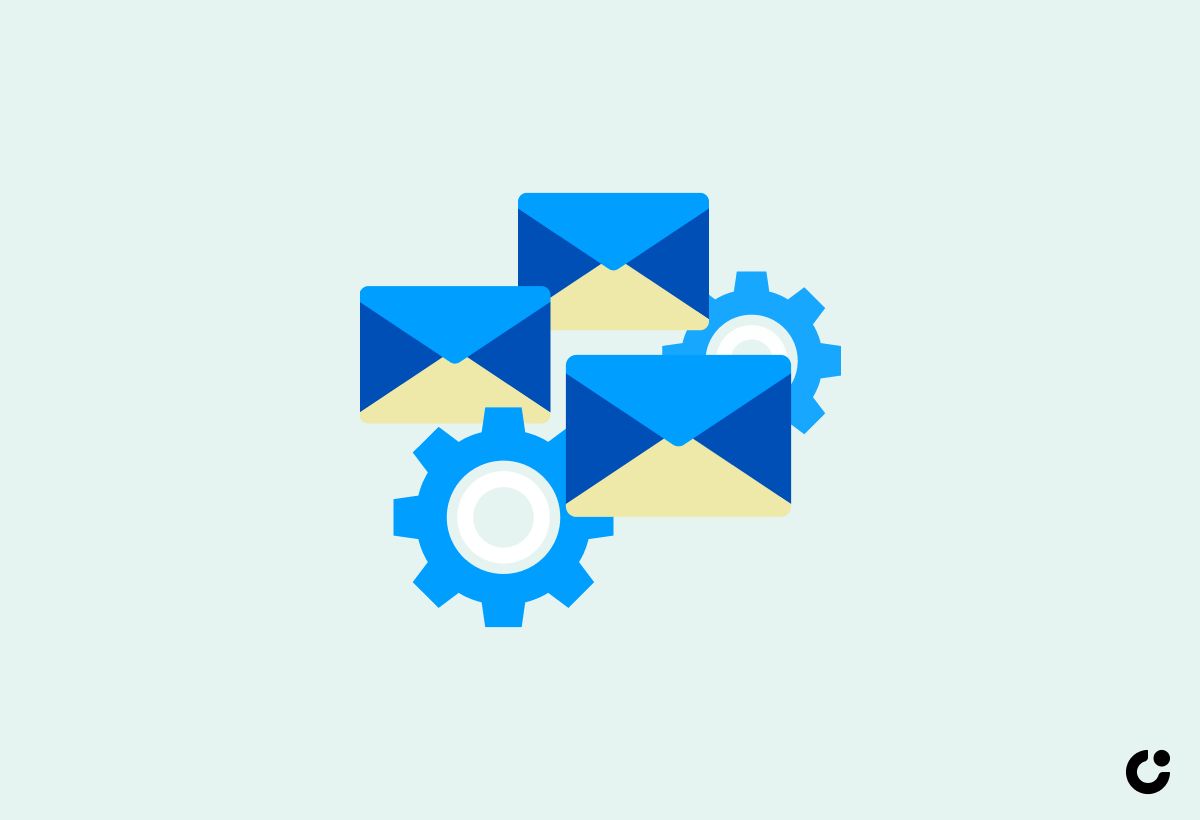
Understanding Email Automation is essential for modern businesses aiming to streamline their communication processes and enhance customer engagement through automated messages.
Email automation refers to the use of technology to streamline and automate the process of sending emails to targeted recipients at predetermined times or in response to specific triggers. By leveraging automated messages, businesses can efficiently deliver personalized communications, nurture leads, and improve overall customer interactions. This strategic approach not only saves time and resources but also ensures that messages are timely, relevant, and more likely to resonate with the recipients. Implementing effective email automation tools can revolutionize a company's marketing strategy by enabling targeted campaigns, segmenting audiences, and analyzing performance metrics for continuous optimization.
What is Email Automation?

Email Automation refers to the use of automated processes to send messages or emails to be targeted recipients at predefined intervals or based on specific triggers.
This technology enables businesses to streamline their communication efforts by setting up automated campaigns that deliver relevant content to recipients without manual intervention. By utilizing email automation, organizations can nurture leads, engage customers, and maintain consistent communication with their audience. Automated emails can be personalized to cater to individual preferences and behaviors, resulting in increased open rates and improved customer engagement. In the realm of modern marketing strategies, email automation plays a crucial role in enhancing efficiency and driving conversions by delivering timely, tailored messages to the right audience.
Benefits of Email Automation
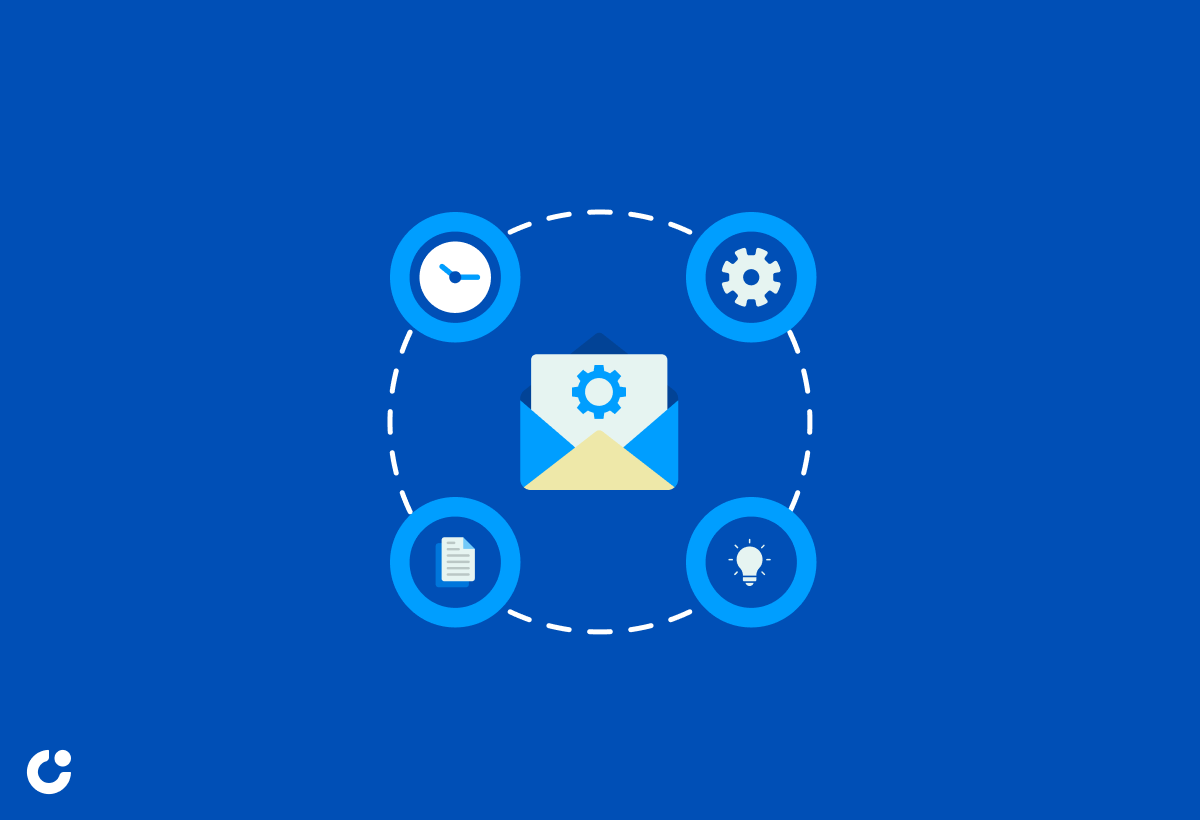
The Benefits of Email Automation include improved efficiency, personalized communication, and increased customer engagement by delivering relevant messages at the right time.
Email automation streamlines repetitive tasks, allowing businesses to focus on strategic initiatives. By automating workflows, companies can save time and resources, leading to higher productivity levels. Personalization of emails based on customer behavior enhances relationships and builds trust. Targeted messages can significantly boost open rates, click-through rates, and ultimately, marketing ROI.
Importance of Email Automation Insights

Understanding the Importance of Email Automation Insights is crucial for businesses seeking to leverage data-driven strategies and optimize their communication processes for better results.
With email automation insights, companies can gain valuable information about customer behavior, preferences, and engagement patterns. By diving deep into the analytics provided by automated workflows, they can identify trends, segment their audience effectively, and personalize their messaging for maximum impact. These insights not only help in making informed decisions but also play a vital role in enhancing customer experiences by delivering timely and relevant content.
Email automation insights enable businesses to track key performance metrics, evaluate the success of their campaigns through detailed reporting, and fine-tune their strategies for better results. By leveraging the capabilities of automation and data analysis, organizations can streamline their marketing efforts, improve targeting accuracy, and drive overall marketing effectiveness."
How Email Automation Enhances Communication
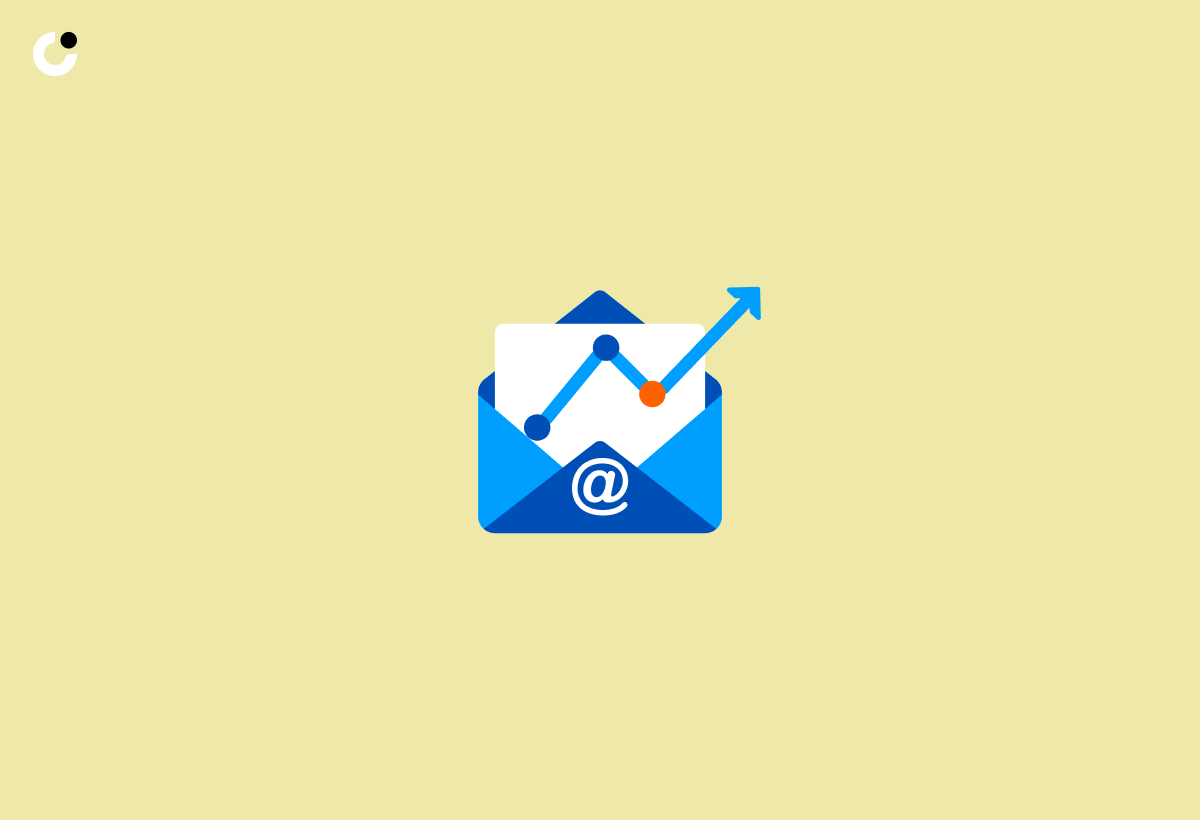
Email Automation plays a key role in enhancing communication by enabling businesses to deliver targeted messages, personalized content, and timely updates to their audience.
Segmentation is an essential feature of email automation that allows businesses to categorize their audience based on various criteria such as demographics, behavior, and past interactions. By segmenting their email lists, businesses can send more relevant and targeted messages, increasing open and click-through rates.
Personalization is another powerful aspect of email automation, allowing businesses to address recipients by their names, tailor content based on their preferences, and even send customized product recommendations. This level of personalization creates a more engaging experience for recipients, fostering brand loyalty and trust.
Impact of Email Automation on Marketing Strategies
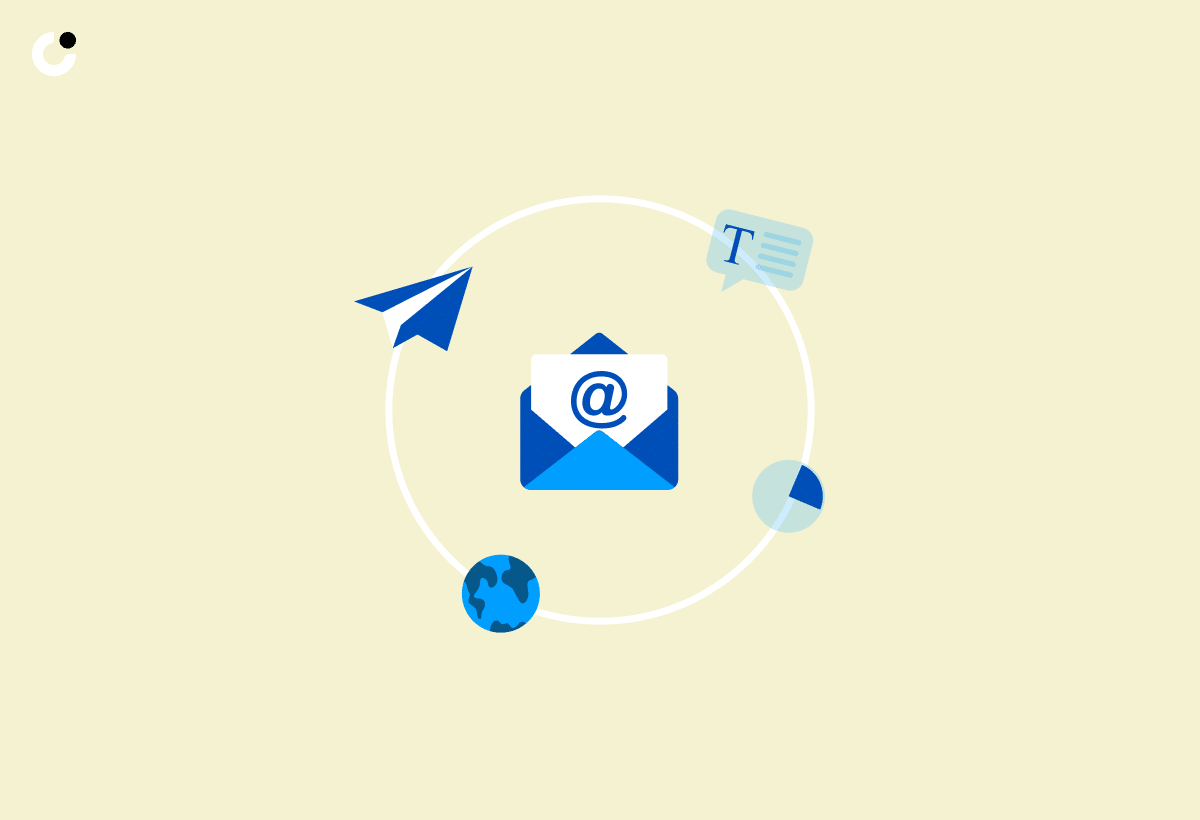
The Impact of Email Automation on Marketing Strategies is profound, as it allows companies to create targeted campaigns, nurture leads, and measure performance for continuous optimization.
By utilizing email automation, businesses can streamline their lead generation process through targeted emails based on segmentation criteria such as customer behavior and preferences. This approach not only increases the chances of conversions but also enhances customer retention by sending personalized content that resonates with each individual. Through detailed reporting and analytics provided by automation tools, marketers can gain valuable insights into campaign effectiveness, open rates, click-through rates, and other key metrics.
Key Features of Email Automation Tools
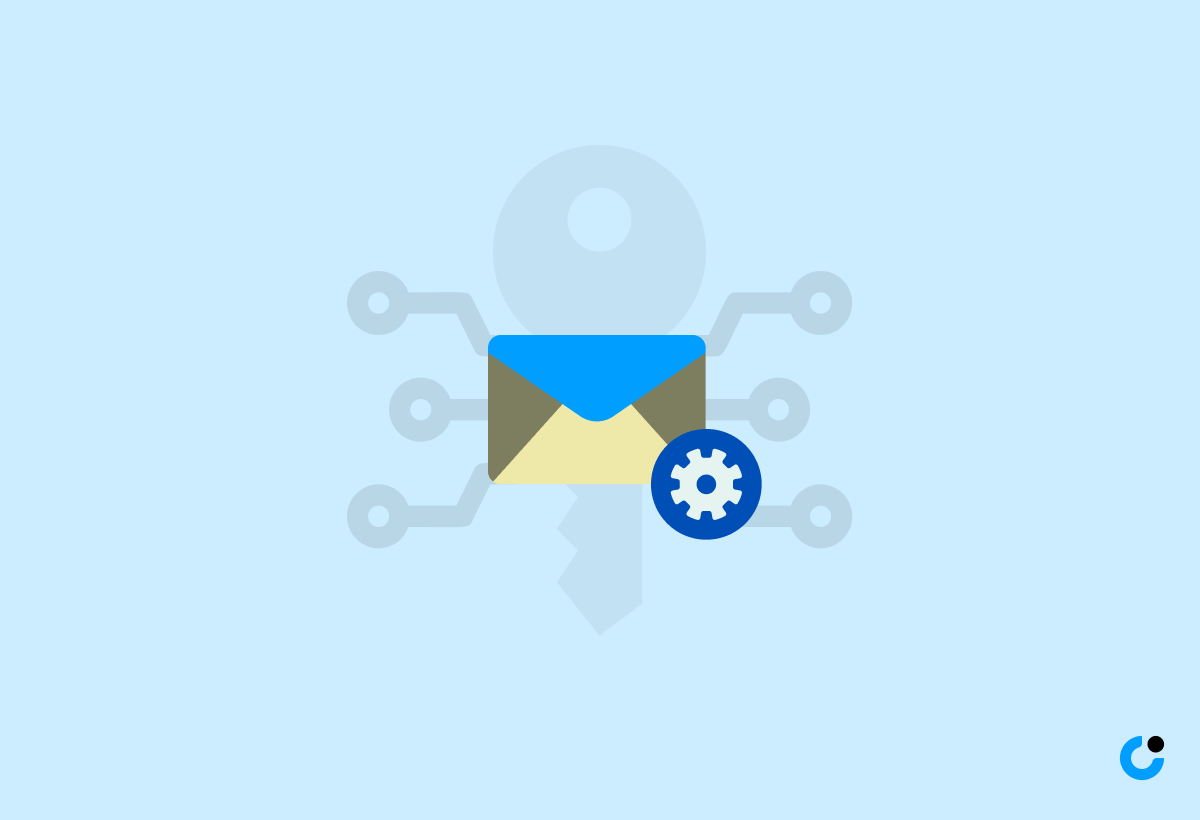
Exploring the Key Features of Email Automation Tools reveals functionalities such as segmentation, automated workflows, and advanced analytics to streamline communication processes and drive engagement.
Email automation tools play a crucial role in enhancing the efficiency and effectiveness of marketing strategies. They allow businesses to target specific audience segments with tailored messages through segmentation features, ensuring personalized communication. The automation tools streamline complex workflow procedures by scheduling emails based on customer behaviors, saving time and resources. Advanced analytics provide valuable insights into email performance, enabling continuous optimization of campaigns. Integration with API allows seamless data transfer, while secured SSL certificates ensure data protection. Utilizing SMTP servers guarantees high deliverability rates, maximizing the impact of email marketing efforts.
Segmentation and Personalization
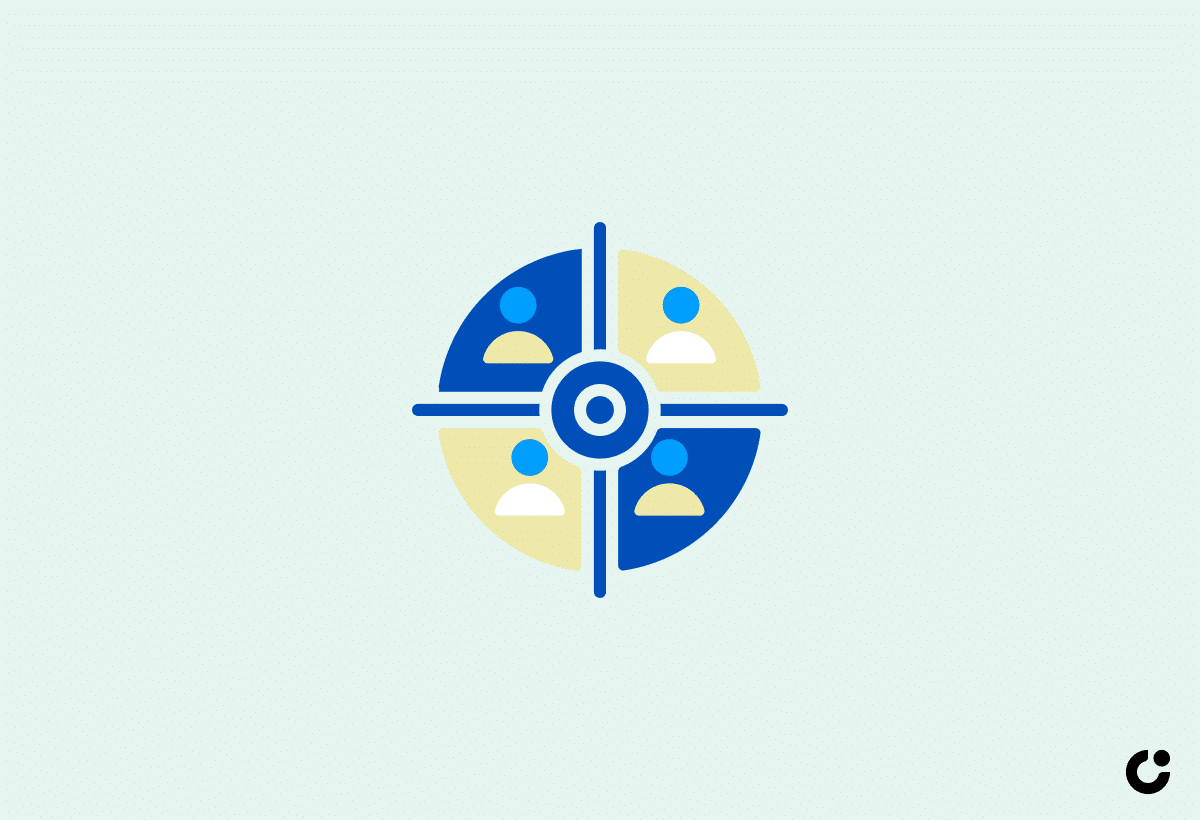
Segmentation and Personalization are fundamental aspects of email automation tools, allowing businesses to tailor messages based on customer preferences, behaviors, and demographics.
By dividing your email list into distinct segments, you can send more targeted campaigns that resonate with specific groups of subscribers. This not only boosts engagement but also helps improve conversion rates as the content is more relevant to the recipients.
Personalization techniques such as dynamic content enable you to customize email content based on user interactions or past purchases, making the communication more personalized and compelling.
Implementing customer segmentation strategies, such as using data from API integration, SSL certificates for secure transactions, and efficient web servers, helps ensure that your emails are delivered to the right audience at the right time, increasing the chances of success.
Automated Workflows

Automated Workflows streamline the process of sending messages, triggering responses, and managing communication tasks efficiently within email automation platforms.
One key aspect of automated workflows in email automation is the ability to create drip campaigns, which send pre-written messages to targeted segments of your audience at scheduled intervals. These campaigns help nurture leads and guide them through the sales funnel with relevant content.
Triggered emails, another essential feature, automatically send messages based on specific actions or events, such as a user signing up for a newsletter or making a purchase. This real-time communication enhances engagement and provides personalized experiences.
Customer journey mapping allows you to visualize the entire interaction process, from initial contact to conversion, helping you understand and optimize each touchpoint. This mapping is crucial for improving customer experience and tailoring communications to meet individual needs.
Analytics and Reporting

Analytics and Reporting features in email automation tools provide valuable insights into campaign performance, audience engagement, and ROI measurement for data-driven decision-making.
Email marketing success heavily relies on the systematic tracking of key performance metrics such as open rates, click-through rates, conversion rates, and bounce rates to gauge the effectiveness of campaigns. Leveraging A/B testing methods allows marketers to experiment with different email content, subject lines, and CTA buttons to optimize user engagement. By carefully analyzing these metrics and test results, marketers can fine-tune their email strategies, personalize content, and segment their audience effectively to enhance overall campaign performance.
Choosing the Right Email Automation Software
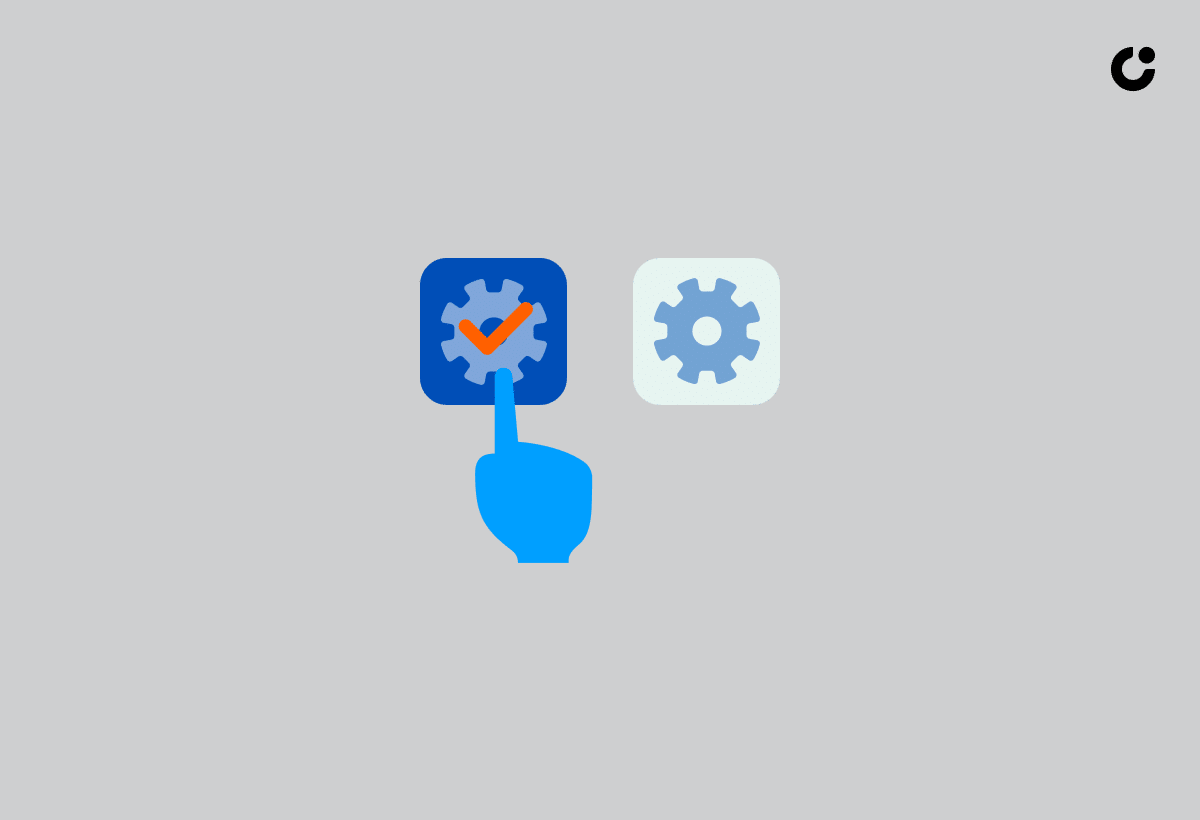
Selecting the Right Email Automation Software is essential for businesses to meet their unique communication needs, ensure data security, and optimize marketing efforts effectively.
When considering email automation platforms, it is crucial to evaluate their scalability, as your business might grow and your email volume could increase over time. Integration capabilities play a significant role in seamlessly connecting your email automation software with other tools already in use, such as CRM systems or customer databases.
Data protection is paramount in today's digital landscape. Look for software that offers robust security features, such as SSL certificates to encrypt data transmission, safeguarding sensitive information from unauthorized access.
Factors to Consider
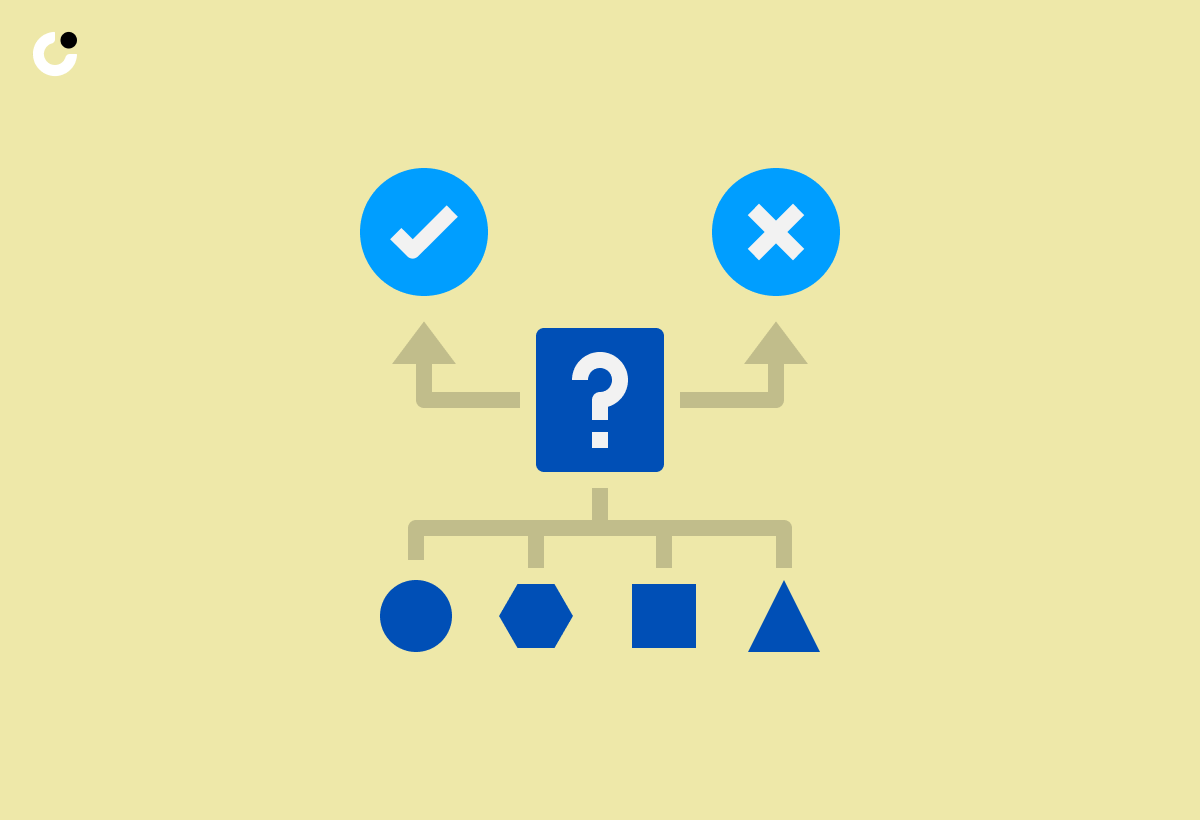
There are several factors to consider when evaluating email automation software, including scalability, ease of integration, data privacy compliance, and customer support.
Security protocols play a crucial role in protecting sensitive company data and client information. Robust encryption methods, secure access controls, and regular security updates are essential elements that businesses should prioritize. Customization options allow companies to tailor the software to their specific needs and branding requirements. Technical support is another key factor to examine, as timely assistance can prevent costly operational disruptions.
API integration capabilities
SMTP server configurations
Compatibility with databases like MongoDB
Popular Email Automation Tools in the Market
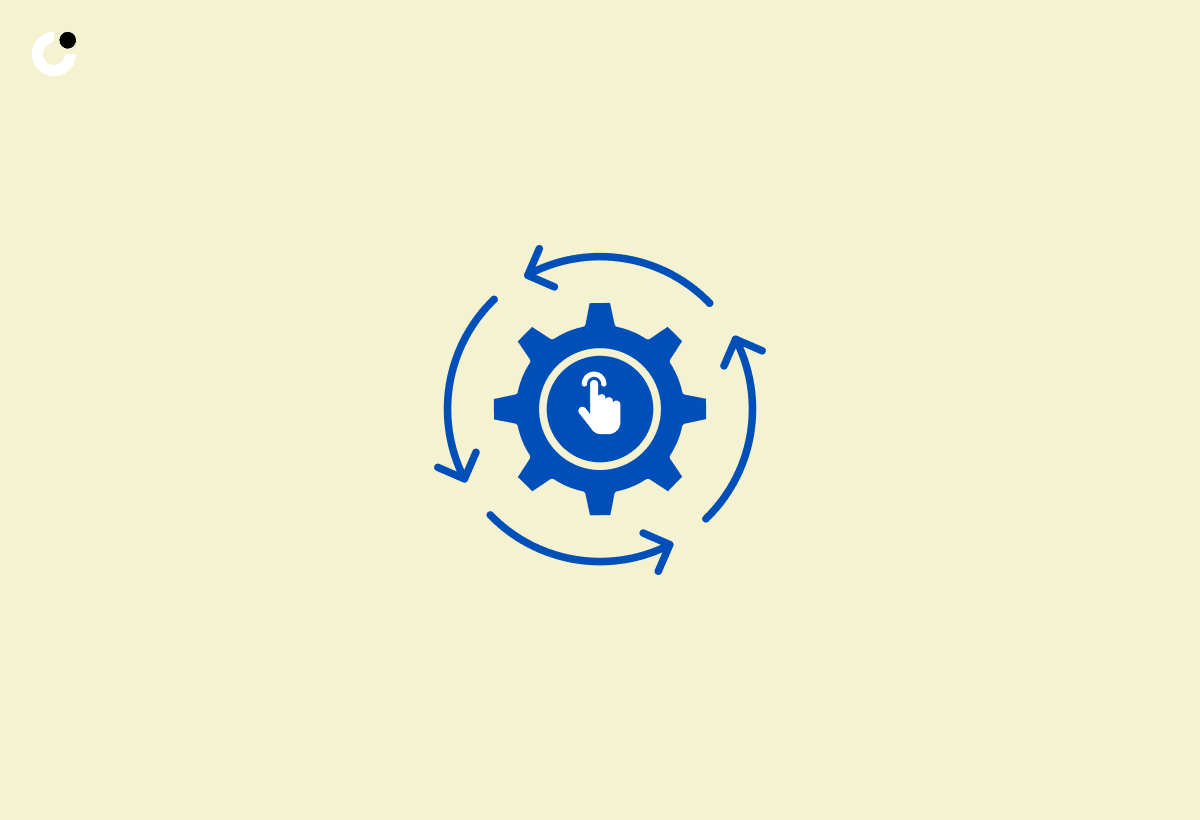
Several Popular Email Automation Tools dominate the market, offering diverse features, integrations, and pricing plans to cater to businesses of all sizes and industries.
Among these leading tools,
Mailchimp stands out for its intuitive drag-and-drop interface, making it a top choice for beginners in email marketing.
On the other hand, ActiveCampaign boasts advanced segmentation and automation capabilities, ideal for businesses looking to personalize their communication.
ConvertKit focuses on content creators with its easy-to-use visual automation builder, while
HubSpot offers a comprehensive marketing suite integrating seamlessly with WordPress, Google AdWords, and Evernote.
Each of these solutions caters to different business needs and scales effectively to meet growing demands.
Implementing Email Automation for Business Success
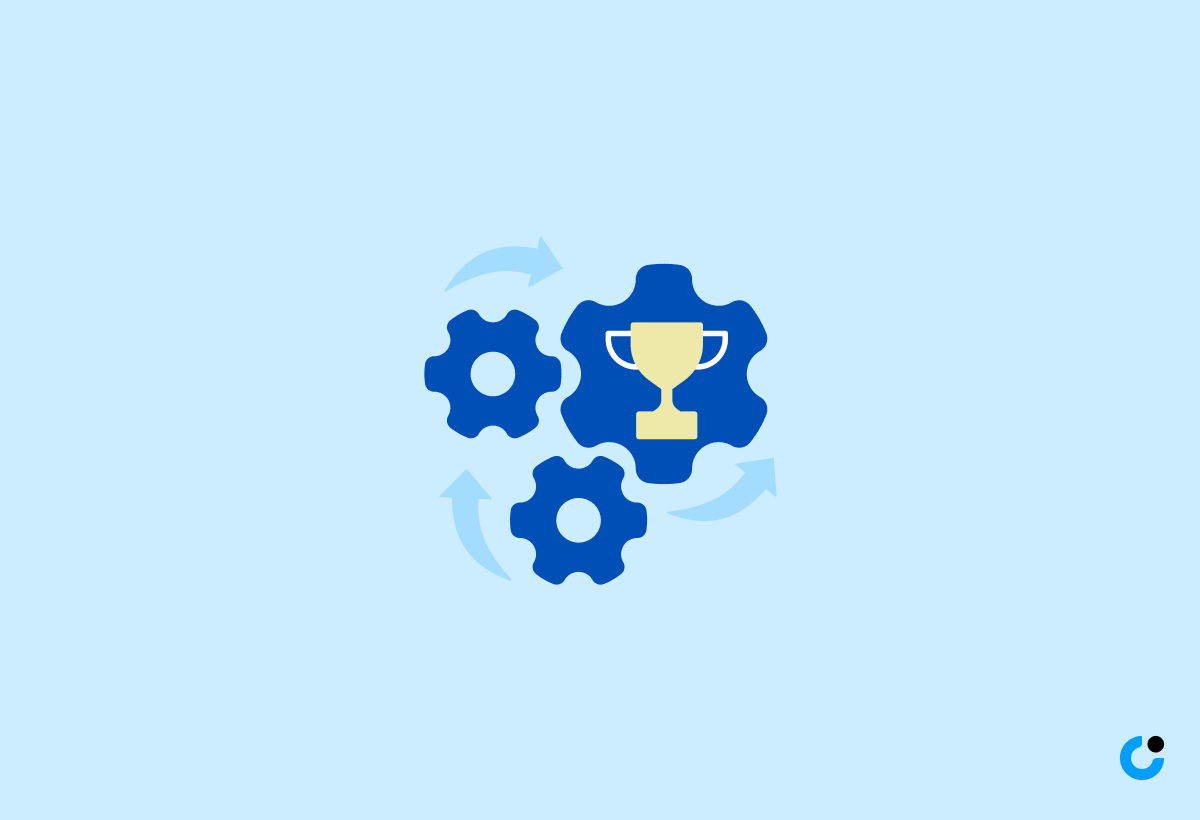
Implementing Email Automation effectively can drive Business Success by enabling targeted campaigns, personalized interactions, and seamless customer journey experiences.
When setting up email automation campaigns, it is crucial to understand your target audience's preferences and behavior to tailor content accordingly. Utilizing cryptocurrency wallets as a key selling point can help capture the attention of tech-savvy customers and enthusiasts. Integrating platforms like WhatsApp to provide real-time updates or support can further enhance customer engagement. Leveraging AWS resources for email delivery and storage ensures reliable performance and scalability. Designing workflows that nurture leads, encourage conversions, and gather feedback can optimize campaign performance over time.
Setting Up Automated Campaigns
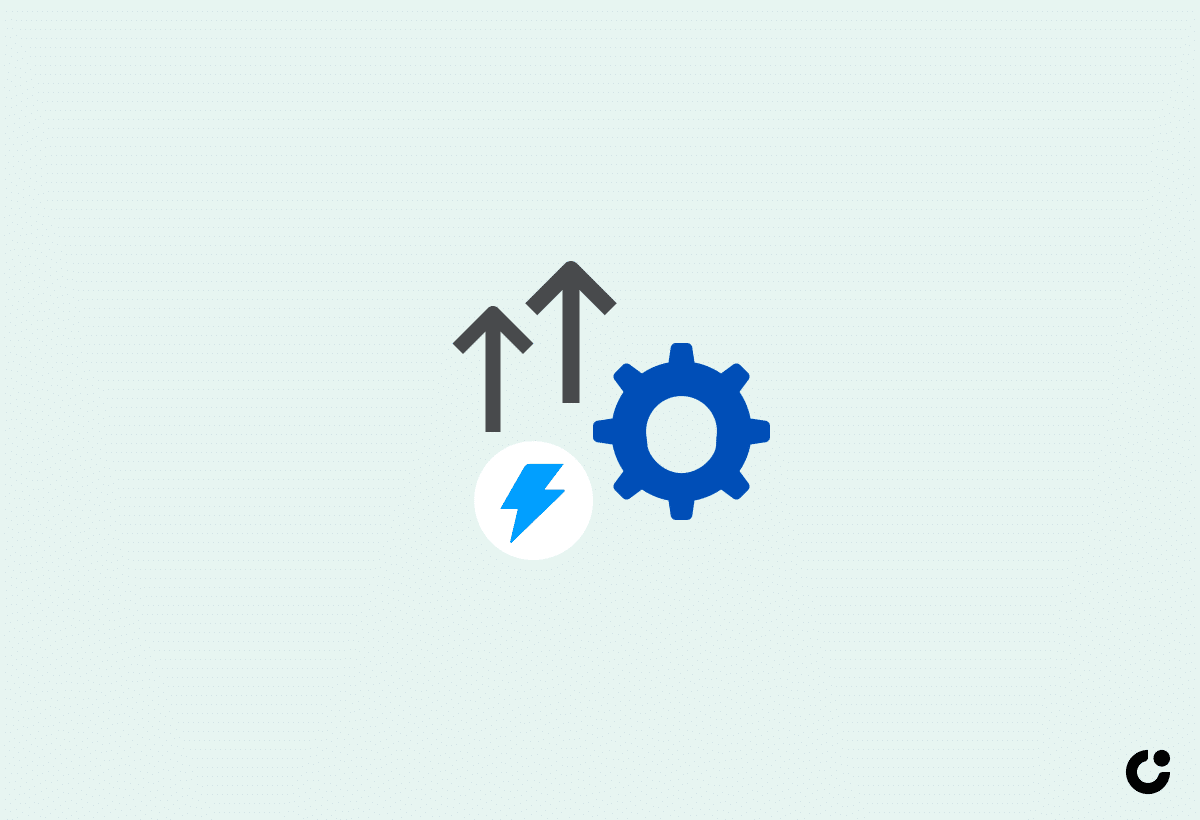
Setting Up Automated Campaigns involves defining triggers, creating personalized content, and establishing workflows to deliver relevant messages to targeted audiences seamlessly.
Businesses need to identify key trigger events that will initiate the automated campaigns on their Laravel websites, such as user sign-ups, abandoned carts, or milestone anniversaries. By utilizing the XMPP protocol for real-time communication, these triggers can seamlessly connect with the campaign automation tools.
Next, it is vital to implement content personalization techniques to tailor the messages specifically to the recipients, increasing engagement and conversion rates.
Following the best practices in campaign automation, such as A/B testing, monitoring performance metrics, and optimizing workflows, ensures that the automated campaigns deliver optimal results consistently.
Best Practices for Email Automation
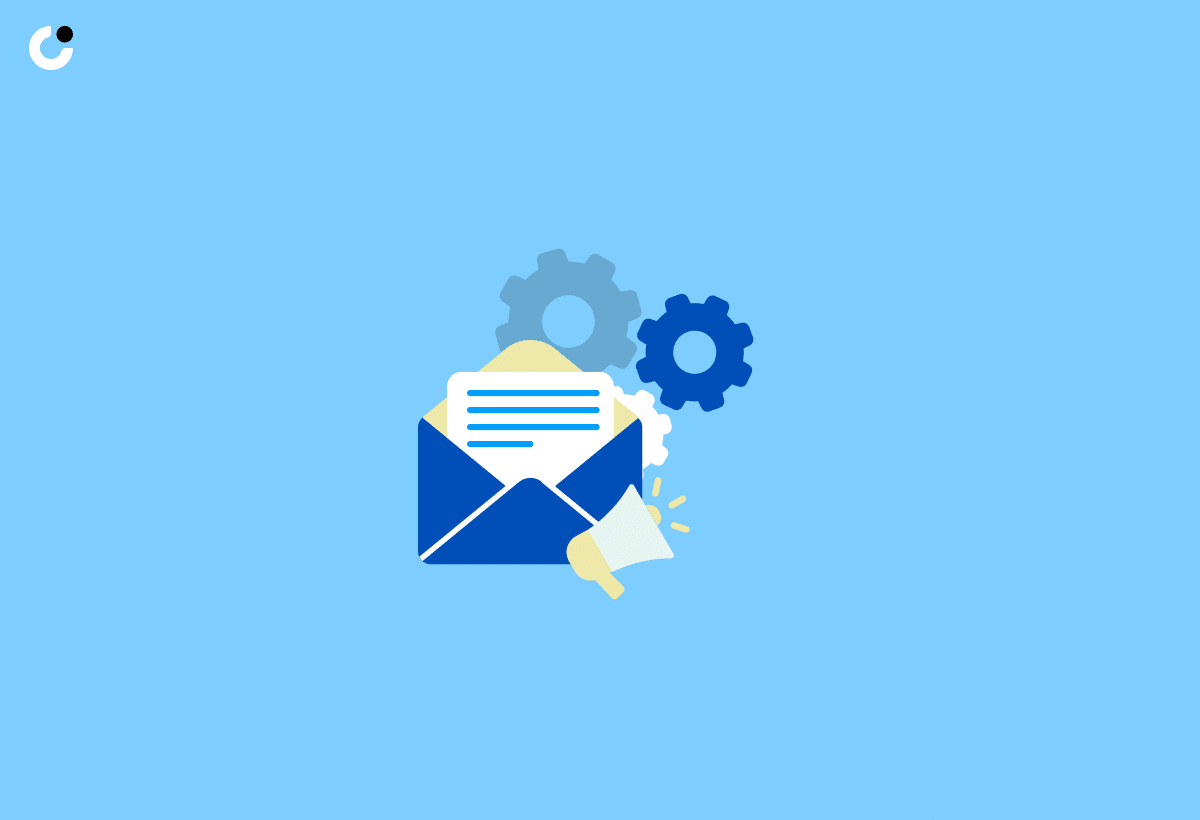
Implementing Best Practices for Email Automation involves optimizing subject lines, segmenting audiences, testing variations, and monitoring performance metrics for continuous improvement.
One essential aspect of email automation is audience segmentation. By dividing your subscribers into smaller, targeted groups based on demographics, behavior, or preferences, you can tailor your email content to their specific needs. This increases engagement and conversion rates.
Another crucial element is content personalization. Utilizing dynamic content and personalized recommendations based on user interactions can significantly enhance the relevance and impact of your emails, leading to higher open and click-through rates.
Measuring Email Automation Performance

Measuring Email Automation Performance is essential to gauge the effectiveness of campaigns, track key metrics, and optimize strategies for better engagement and conversion outcomes.
One of the primary ways to assess the performance of email automation is through tracking key performance indicators (KPIs). These indicators provide insights into various aspects of your campaign's success, such as open rates, click-through rates, and conversion rates. By monitoring these KPIs regularly, you can identify trends, strengths, and areas for improvement.
Plus KPIs, conversion rates play a crucial role in determining the effectiveness of your email automation efforts. This metric measures the percentage of recipients who take the desired action, such as making a purchase or signing up for a newsletter. Understanding your conversion rates can help you refine your targeting, messaging, and timing to optimize performance.
Key Metrics to Track
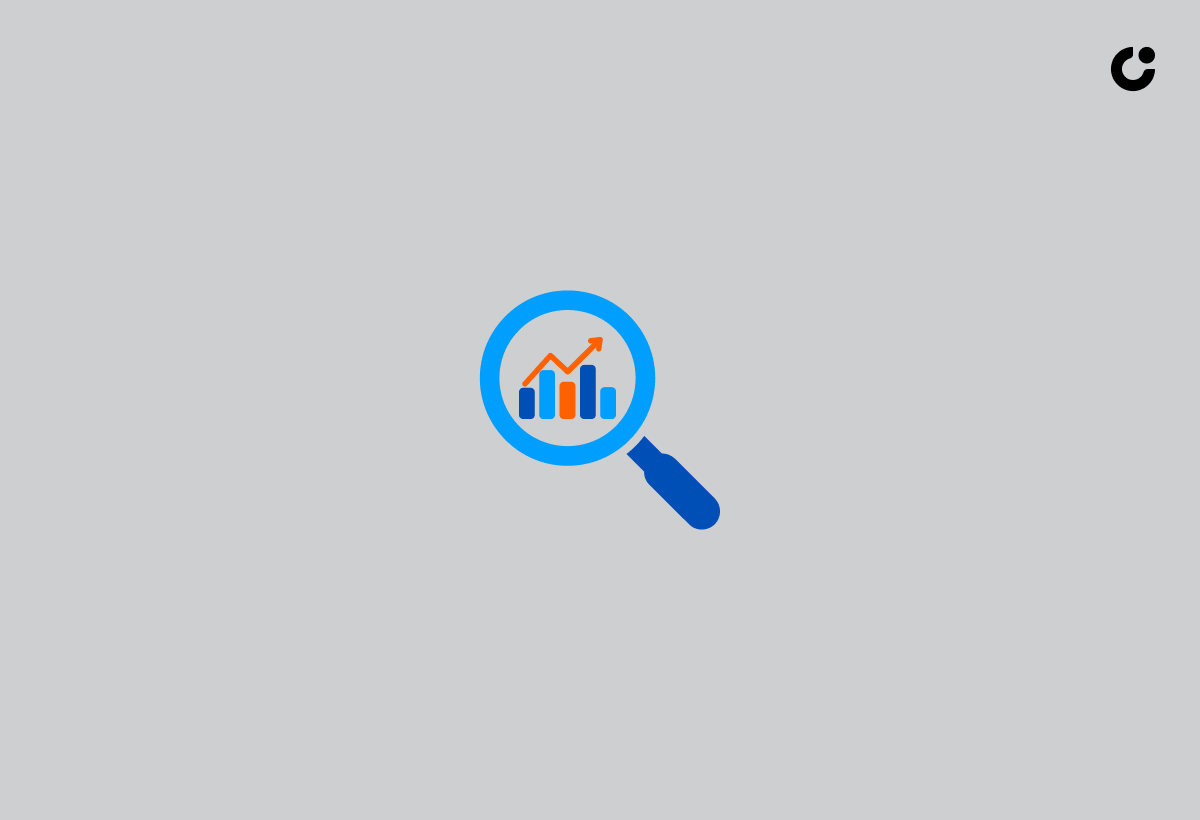
Key Metrics to Track in Email Automation include open rates, click-through rates, conversion rates, bounce rates, and overall engagement metrics to evaluate campaign effectiveness and audience responsiveness.
Open rates reveal the percentage of recipients who open your emails, serving as a crucial indicator of the initial engagement. Click-through rates measure the effectiveness of your email content, showcasing the percentage of users who clicked on links within the email. Conversion rates indicate the percentage of subscribers who completed a desired action after interacting with your email campaign.
Bounce rates signify the percentage of emails that couldn't be delivered to the recipient's inbox, reflecting the health of your email list. Overall engagement metrics encapsulate all interactions with your emails, offering a comprehensive view of how audiences engage with your content.
Interpreting Data for Optimization
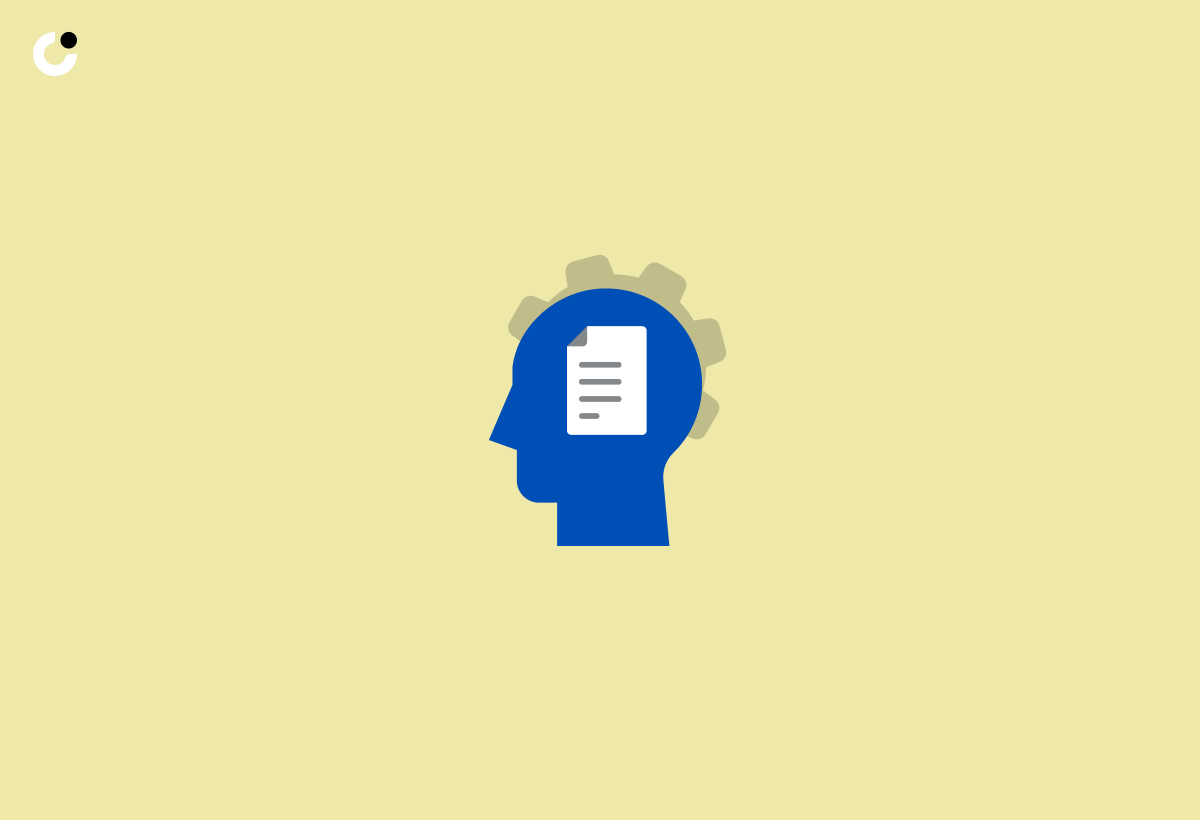
Interpreting Data for Optimization involves analyzing campaign performance, identifying trends, and optimizing strategies based on actionable insights derived from email automation metrics.
By closely examining the success rates of email campaigns through metrics such as open rates, click-through rates, and conversion rates, businesses can gain valuable insights into customer engagement levels and preferences. This data can then be utilized to tailor email content, timing, and frequency to maximize effectiveness.
Incorporating advanced analytical tools such as tracking codes and Excel macros can provide deeper insights into customer behavior, helping businesses refine their targeting strategies for better results. Regular monitoring and analysis of performance trends can guide continuous improvement practices, ensuring that email automation strategies align with evolving customer needs and market trends.
Future Trends in Email Automation
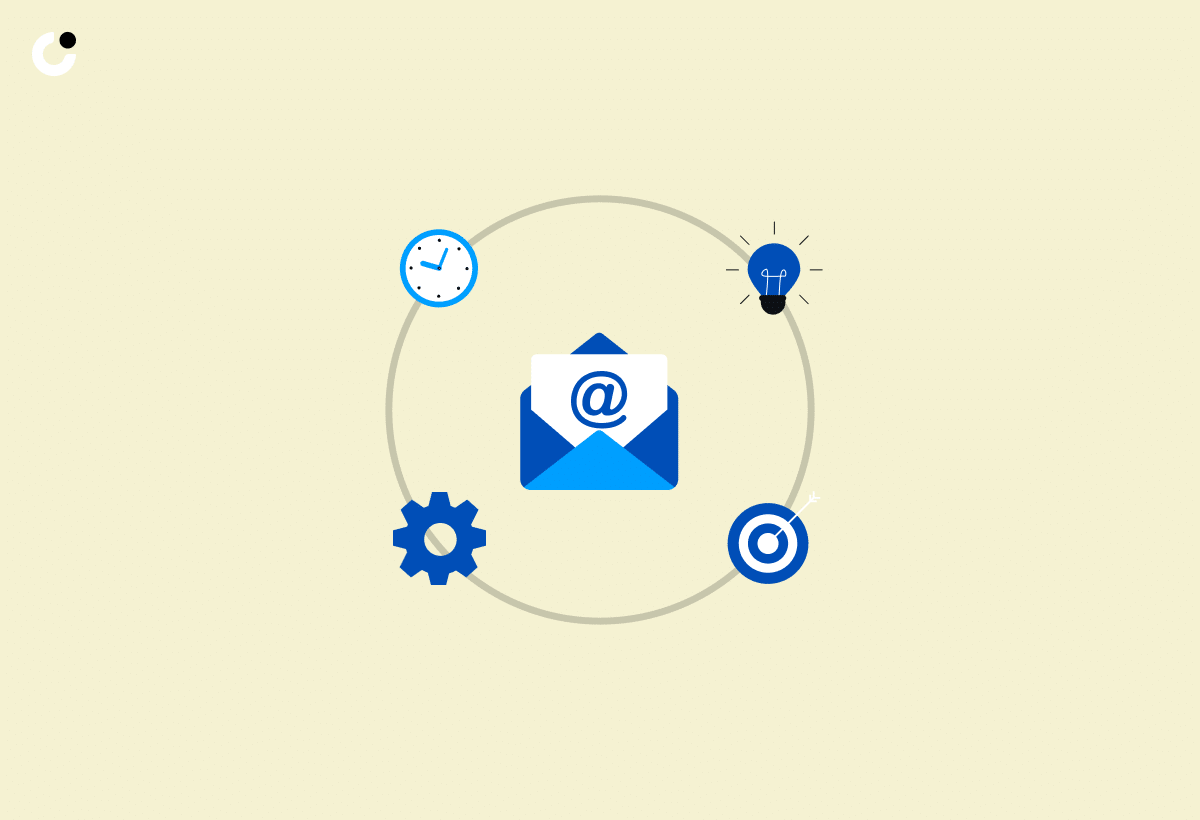
Exploring Future Trends in Email Automation reveals advancements in artificial intelligence integration, enhanced personalization techniques, and scalable automation solutions for evolving customer communication needs.
One significant aspect shaping the future of email automation is the incorporation of AI technology. AI algorithms are revolutionizing email marketing by analyzing user behavior, preferences, and engagement patterns to deliver tailored content. Hyper-personalization strategies are gaining momentum, allowing businesses to craft individualized messages based on customer data derived from various touchpoints. This level of customization fosters stronger customer relationships and boosts engagement rates. The shift towards omnichannel automation is streamlining communication across multiple platforms, ensuring a seamless and consistent brand experience for users.
Artificial Intelligence in Email Automation

Artificial Intelligence in Email Automation revolutionizes campaigns by offering predictive analytics, content personalization, and smart automation capabilities to deliver hyper-targeted messages and optimize engagement.
The integration of AI technologies like machine learning and natural language processing in email automation has enabled businesses to create more personalized and relevant email communications. By leveraging predictive modeling, companies can anticipate customer behavior and preferences, enabling them to send targeted messages at the most optimal times. With the implementation of dynamic content generation, emails can be customized in real-time based on recipient interactions and segmentation data, enhancing engagement and conversion rates.
Personalization at Scale

Personalization at Scale in Email Automation involves leveraging data insights, AI algorithms, and automation tools to deliver individualized content and tailored experiences to a large audience efficiently.
One major challenge in personalization at scale is maintaining dynamic content that resonates with diverse audience segments while avoiding generic messaging. This necessitates utilizing advanced behavior-based targeting to ensure that the right content reaches the right recipients based on their interactions and preferences.
Automated personalization techniques play a crucial role in streamlining the process of creating and deploying personalized emails en masse. By leveraging the capabilities of automation, marketers can optimize content delivery and increase engagement rates through timely and relevant communication.
Frequently Asked Questions
What is email automation?
Email automation is the process of using software or tools to send automated emails to a set of recipients based on pre-defined triggers or actions.
What are email automation insights?
Email automation insights refer to the data and statistics gathered from the automated emails sent through a system. These insights can provide valuable information on the effectiveness and performance of email marketing campaigns.
How does Gmail automatically generate messages?
Gmail uses advanced algorithms and machine learning to automatically generate messages based on the content of the email and the sender's previous email behavior. This feature is designed to save time and make email communication more efficient.
Can I customize the automatically generated message in Gmail?
Yes, Gmail allows users to customize the automatically generated message by adding their own personal touch, such as a signature or a custom message. This can add a personal touch to the automated email and make it feel more authentic.
Are there any benefits of using email automation in Gmail?
Yes, there are many benefits of using email automation in Gmail. It can save time and effort by automating repetitive tasks, improve email open and click-through rates, and allow for targeted and personalized communication with recipients.
Is it possible to track the performance of automatically generated emails in Gmail?
Yes, Gmail provides insights and analytics on the performance of automatically generated emails, such as open rates, click-through rates, and bounce rates. This allows users to track the effectiveness of their email automation and make necessary adjustments for better results.

